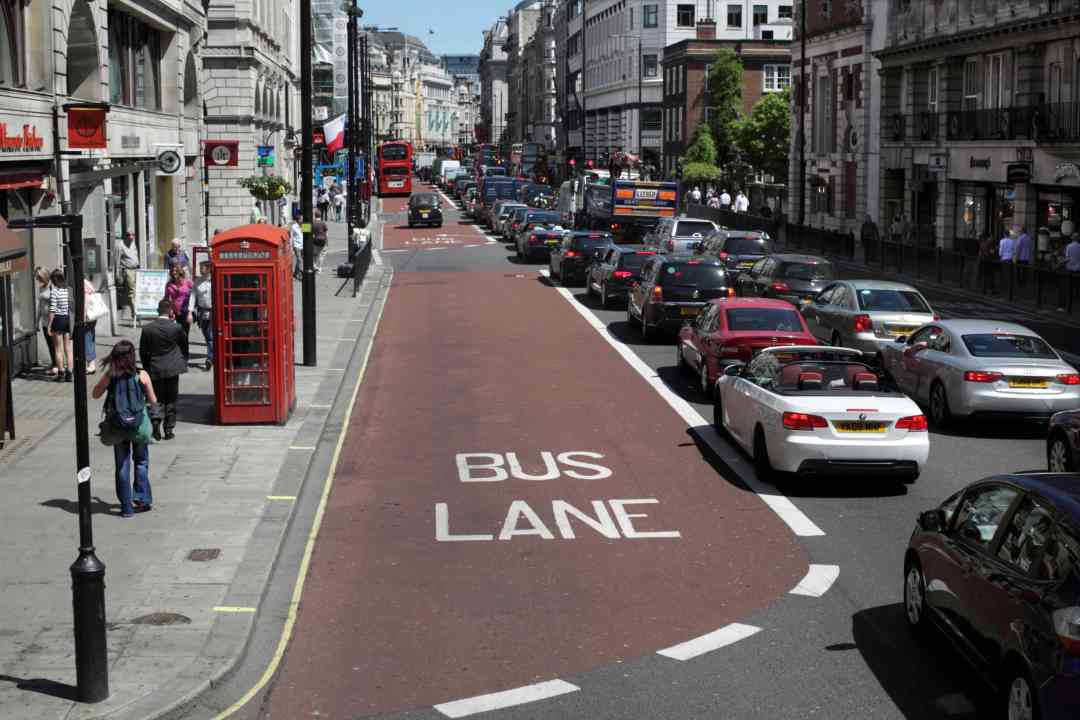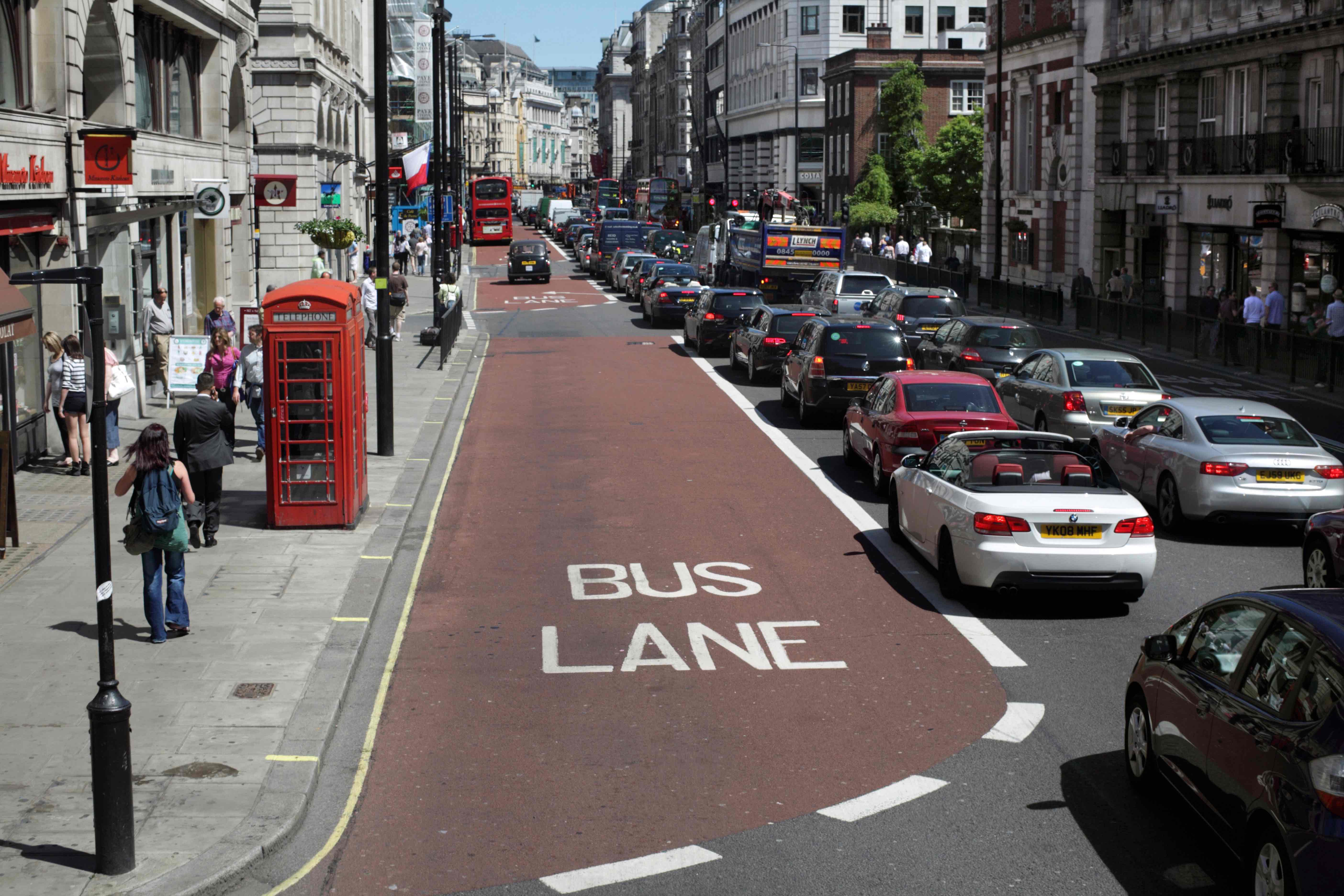Any historic London footage inevitably features cars busily rounding Hyde Park Corner and shooting off up Park Lane, against the background of sky-scraping hotels and thriving offices. Have you seen the same bit of London now? It’s a giant car park, brought to a standstill by an administration with seemingly little idea how to promote a thriving capital.
The city’s best-known thoroughfare has been reduced from three lanes to just one open for traffic northbound, one for bicycles (used sparingly in rush hour) and one for buses, usually empty. That’s just one lane for normal traffic, used by Londoners simply trying to get from A to B via one of the main routes across the capital.
Any world capital needs to offer choice in the way its population gets around. But successive anti-car administrations in London have used too much stick and not enough carrot
London car drivers are increasingly being bullied – and this is one driver who’s had enough. Driving anywhere in the city these days means spending time the night before checking you’re not entering a prohibited camera-guarded Low Traffic Neighbourhood; spending more time looking at your speedometer to check you’re not exceeding a speed limit so low as to be practically unworkable in a modern car; staring at the road directly in front of you to make sure you don’t accidentally stray into a yellow box (some of which are now local authorities’ most valuable real estate); avoiding SUVs either parked in spaces too small for them or using lanes too narrow, dodging emboldened cyclists whose rights are now firmly established as sacrosance; and skirting moped and van drivers working a per-delivery earning schedule focused on their sat navs.
Any world capital needs to offer choice in the way its population gets around. But successive anti-car administrations in London have used too much stick and not enough carrot. Boris Johnson’s ridiculous strangling of the Northbank route into the City and east started the rot, but could have been mitigated by offering, for example, a sensible river route. The carrot usually dangled is improved bus services and Tube or rail lines, but these simply haven’t caught up with what’s needed, with a negative post-pandemic effect multiplied by strikes.
The increasing inability to visit friends and family without risking swingeing fines will affect people’s desire to live here, which in time will dent property values. Drive car owners out of an area and commercial enterprise will suffer. Billions is spent on making cars cleaner and more efficient – but what’s the point if ill-advised politicians looking for a short-term boost keep forcing you off the road anyway? The widening of Ulez zones in London is a shockingly tone deaf example, especially in the midst of a cost-of-living crisis.
It’s a jungle out there – and it’s one that’s monitored almost exclusively remotely, by a team trained to assume those they’re watching represent the lowest common denominator. Are these monitors commission-driven, I wonder? Old-fashioned common sense seems to have gone out the window, with sizeable fines almost accepted as the norm. What if we all stopped paying fines during a specific week? Because if you ask me, it’s time for London’s drivers to fight back.







Comments